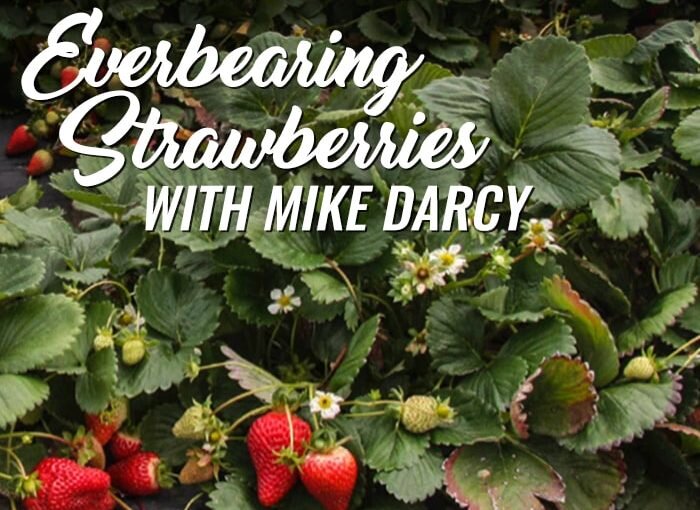What is summer without fresh strawberry shortcake? Fresh local strawberries are a summer tradition in much of the Pacific Northwest and usually, by early June, there are fresh local berries in grocery stores as well as farmers markets. Probably the most popular is the Hood and it is widely grown commercially as well as in home gardens. However, it is a once bearing strawberry and for homeowners, having an extended season of fresh strawberries can be a delight. Wilco carries everbearing strawberries and now is the season to plant them.

An everbearing strawberry is one that will usually produce fruit from June through October. Strawberries need a full sun location and soil with good drainage for them to be healthy and fruitful. Two of the more widely available everbearing strawberries are Albion and Quinault. The Quinault was developed at Washington State University and was selected specifically for our growing conditions. Evergreen strawberries easily adapt to growing in containers so that even with limited space such as a deck or balcony, they can be successfully grown. All types are self-fruitful, so you need only one cultivar for pollination and fruit production.
In the ground, strawberries are usually grown in rows and on slightly raised hills. The everbearing types adapt well to growing in an ornamental flower bed and used as a ground cover. The plants will usually send out runners soon after planting and these early runners should be removed so the plants can direct energy into establishing a strong root system. When planting in a flower bed, be sure to select an area that so the strawberries will not be shaded by other plants.
Everbearing strawberries perform very well in a raised bed which often makes it easier to control pests and easier to harvest. Strawberries are a good crop for a beginner because they are easy to grow and produce berries for an extended period of time. I have found that most kids like to eat strawberries and it is fun for them to pick their own. This can be a good lesson on where things we eat come from, not just the supermarket.
If it is feasible, cover the soil with a black plastic fabric to help suppress weeds and to warm the soil. Be sure to use a fabric barrier that allows for drainage. Cut circles of 5-6 inches wide in the fabric barrier and plant the strawberries in these holes. Strawberries do like a soil high in organic matter and adding garden compost just prior to planting is helpful. Planting depth is important and plants should be set at the same depth they were in the nursery container. If strawberries are planted too deep, the crown may rot. Keep the ripe strawberries picked on a regular basis to prevent mold and other diseases from occurring.
Drip irrigation is ideal as keeping water off the leaves and fruit will tend to prevent diseases. Slugs can often be a major pest problem in home gardens and so be constantly on the lookout and control as necessary.
Strawberries are an easy crop to grow and generally our mild Willamette climate is ideal. In colder areas, mulch with straw or a similar material for winter protection. Give strawberries a sunny location and good drainage and they should thrive.
We would love to see your early planting projects, use #mywilcolife on Facebook, Twitter, or Instagram and tag Wilco Stores.
MIKE’S GARDEN IS LOCATED IN OREGON’S WILLAMETTE VALLEY AND HIS ADVICE IS CONSISTENT WITH THE MILD CLIMATE THERE.

